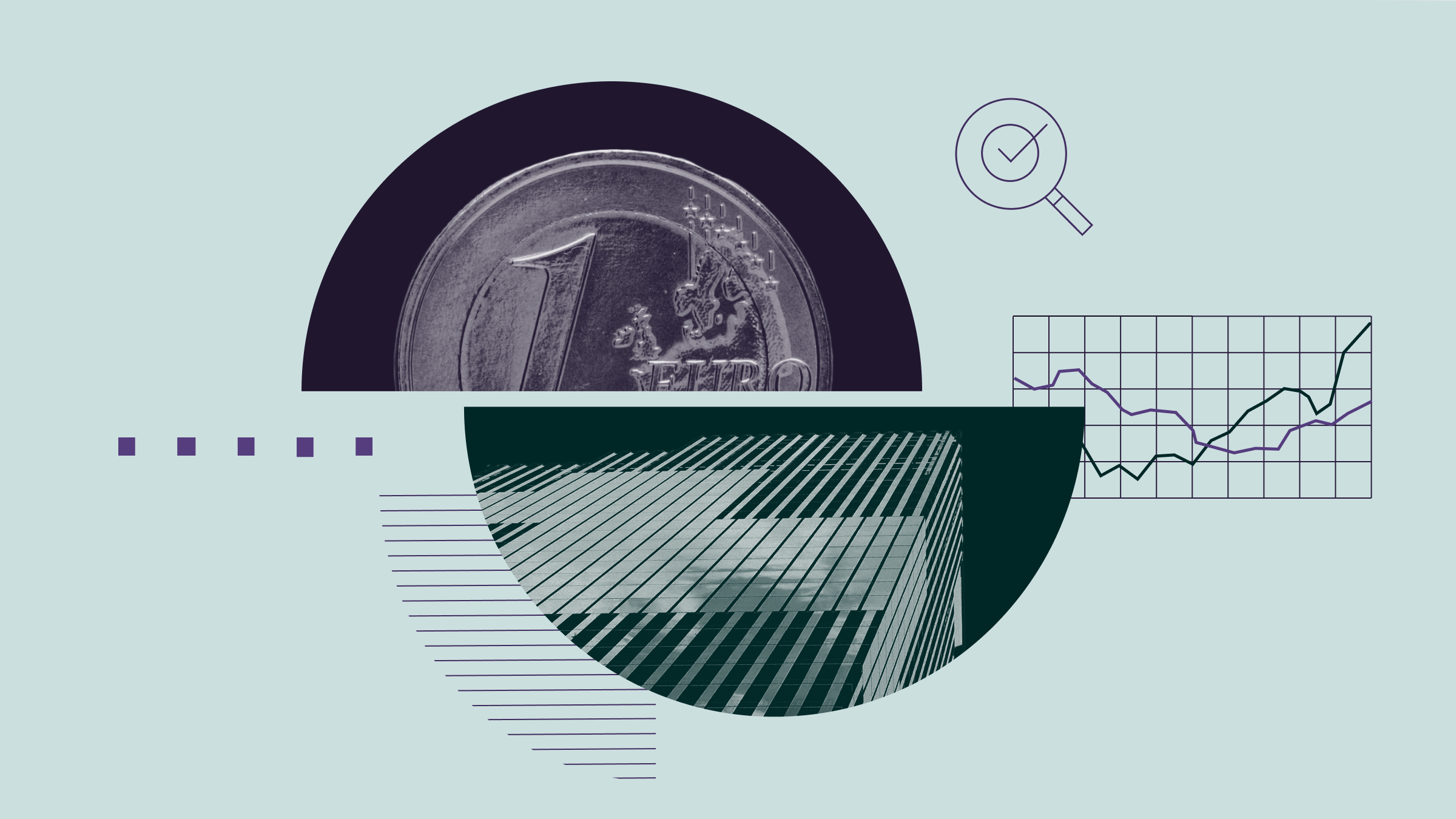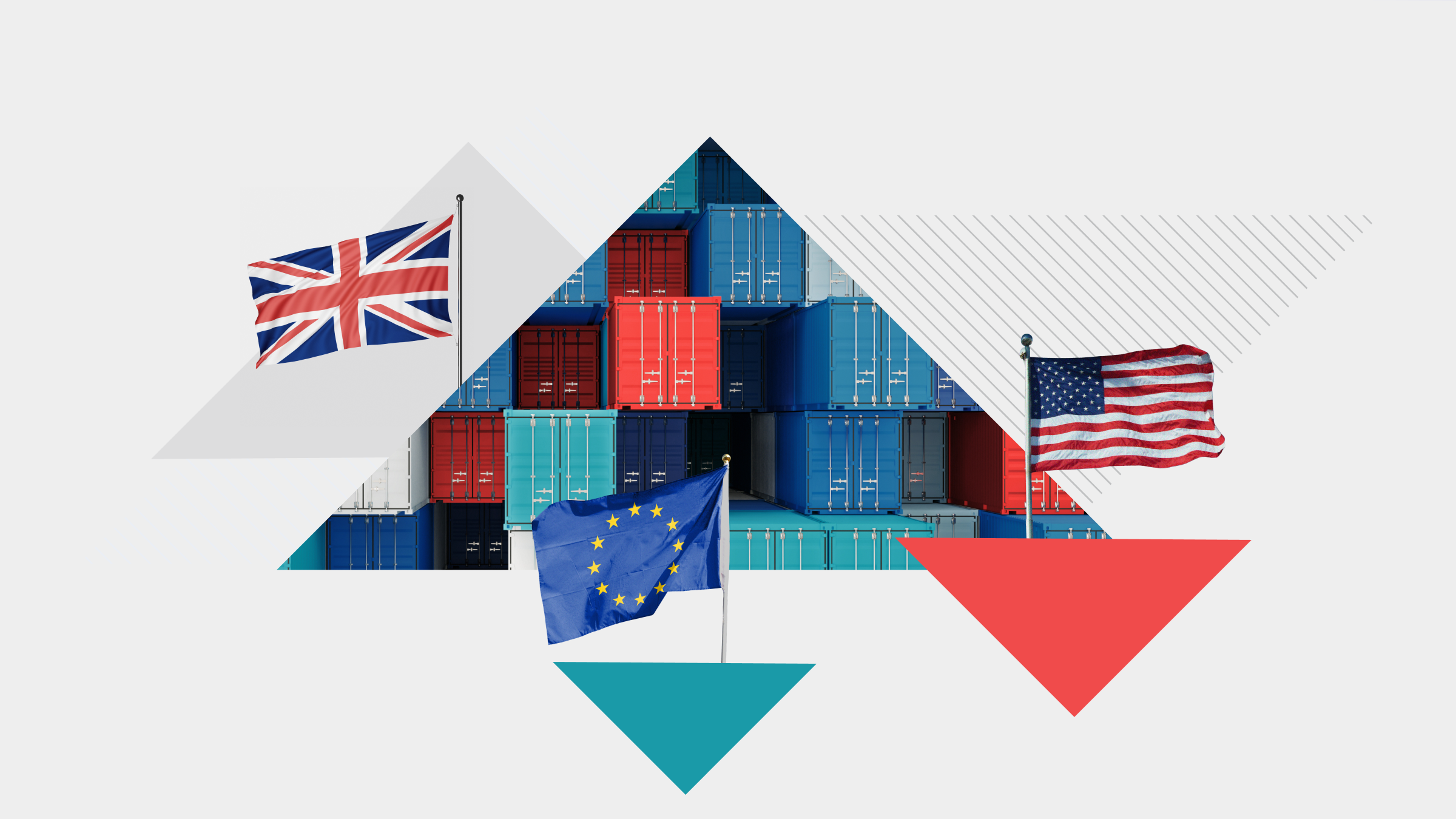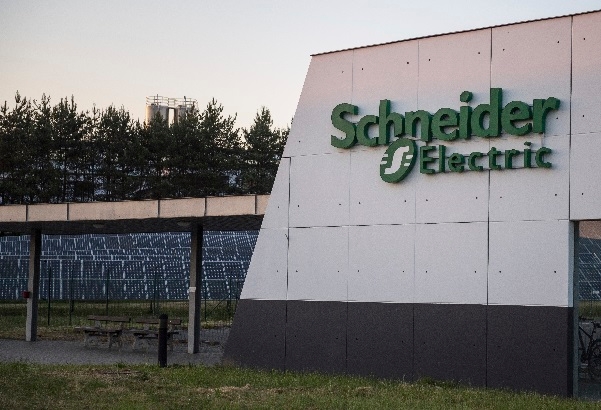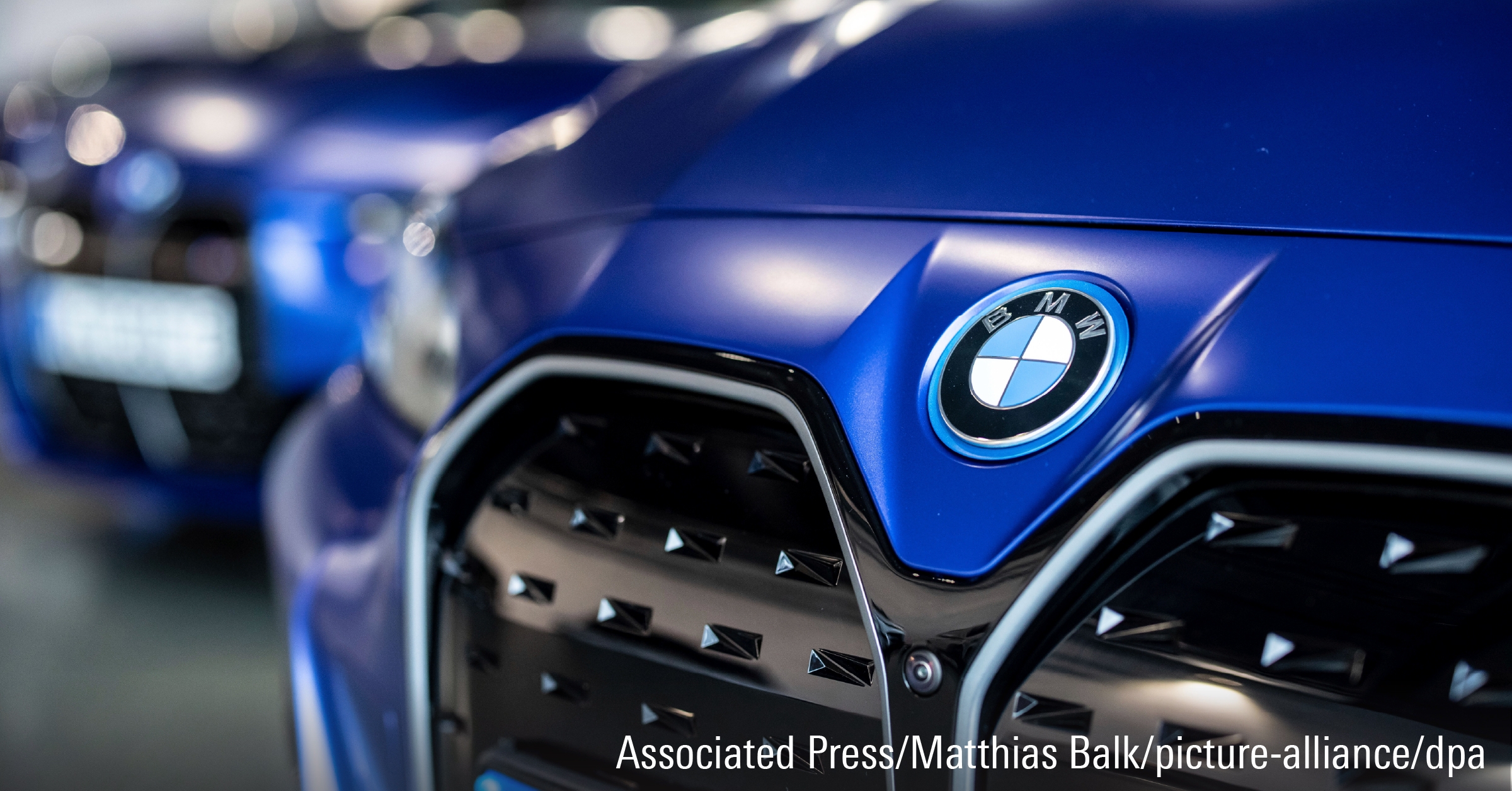Rolle im Portfolio
The iShares FTSE BRIC 50 provides exposure to many of the largest companies within the emerging countries of Brazil, Russia, India, and China (collectively, “BRIC”). These countries have seen their importance on the global stage rise dramatically in recent years. The Chinese economy now ranks third in the world, behind only Europe and the United States. Whereas this type of exposure would once have been considered only as a speculative tactical tool, it is increasingly becoming a core component of a globally balanced portfolio. That said, this can be an extremely volatile area of the market. The FTSE BRIC 50 Index has exhibited annual standard deviation since March 2007 of 32.0%, versus 17.5% for European stocks. Its correlation to the local currency returns of the S&P 500 and the MSCI Europe Index has been 77% in each case, over the same time period. The fund pays out dividends from the underlying stocks on a semi-annual basis, currently at an annual yield level of 2.28%. So it may suit an investor seeking moderate levels of income, although the tax implications of such distributions for each investor would have to be taken into consideration.
Fundamentale Analyse
For much of the last 10 years, the BRIC acronym has been strongly associated with the exciting growth potential of the developing world. China will have particular impact on the group’s fortunes, as the largest “BRIC” economy and the largest weight in the index. After a couple of years of monetary tightening, the People’s Bank of China in the summer of 2012 began cutting interest rates. The back-and-forth in policy signalling highlights the delicate juncture of the country’s economy. China’s GDP grew by 7.4% in the 12 months through the third quarter of 2012; robust on an absolute basis but less than had become customary. With many parts of the developed world falling back into recession, the demand for Chinese exports has begun to dry up. As the beleaguered developed-world consumer continues to pare back, China will have to rely more and more on domestic demand from its own burgeoning middle class. Politically, China is in flux. In November the ruling Communist Party appointed Xi Jinping as its new leader, in a once-every-decade transfer of power. At the same time, the country has found itself caught up in maritime disputes with Japan over control of some uninhabited islands. The spat led to anti-Japan riots in Chinese cities. For both Brazil and Russia, a key driver of growth is energy. The countries’ wealth of natural resources has made them substantial beneficiaries of the past decade’s trend towards higher commodity prices. A big part of that trend has been the rapid growth of China, with its seemingly insatiable appetite for raw materials, as well as Malthusian concerns about the world running out of non-renewable resources. The concern right now is that with China slowing down, the demand for raw materials could fall considerably. Further muddying the picture is the rapid pace of new natural gas discoveries throughout the world, particularly in the United States. Indeed, Brazil’s growth has slowed considerably. For the 12 months through the third quarter of 2012, its GDP grew by just 0.9%. But things may have started to turn around: the HSBC Brazil Composite Output Index, which measures conditions in both the manufacturing and services sectors of the economy, was 53.0 in November, an eight-month high and up considerably from October’s reading of 50.7. A value above 50 indicates expansion. In what could amount to a major economic development for the country, Russia recently joined the World Trade Organisation after 19 years of entry negotiations. Membership offers Russia the chance to increase its participation in global trade and develop its stagnant manufacturing base. The country’s economy grew by 2.9% in the 12 months through September 2012. India’s GDP grew by 5.3% over the same period, but in the third quarter alone its annualised growth rate was -0.4%. India’s economy has remained largely closed, which has hampered development. The Indian government has recently been paying lip service to modernising and opening up the economy, but meaningful changes have yet to really take hold. The FTSE BRIC 50 Index has produced a 5-year annualised return of -4.54%, compared to 1.66% for the S&P 500 over the same period, and -2.66% for the MSCI Europe in local currency.
Indexkonstruktion
The FTSE BRIC 50 Index is a free float market capitalisation-weighted index consisting of the 50 biggest stocks across the markets of Brazil, Russia, India, and China. In the case of Brazilian, Indian, and Russian companies, the constituents are depository receipts, which trade on either the New York Stock Exchange or the London Stock Exchange but are proxies designed to mirror the ownership of a company’s domestic stock listing. In the case of Chinese equities, the index holds H-shares, which are companies incorporated in the People’s Republic of China (PRC) and listed in Hong Kong. Unlike China-listed A-shares, there are no restrictions for international investors trading in H-shares. Stocks within the potential investment universe are screened for liquidity. The index is formally reviewed on a quarterly basis, and the weight of any individual security is capped at 15%. Geographically, China was the biggest exposure at the end of September, making up roughly 45% of the total. Brazil made up 25%, Russia 24%, and India just 6%. On a sector basis the index was heavily tilted towards Financials and Energy, which made up about 39% and 30%, respectively.
Fondskonstruktion
The fund uses full physical replication to try to capture the performance of its benchmark, owning – to the extent possible and efficient – shares in all of the underlying constituents in the same weights as those of the index. In certain circumstances it may also use derivatives to achieve its objectives. The fund is Irish-domiciled and has the U.S. dollar as its base currency. As of writing it had assets of just over $1 billion. Cash received as dividends from the underlying stocks is held by the fund until distributions are made to fund unitholders on a quarterly basis. This can create a cash drag on the portfolio, causing it to underperform its benchmark in rising markets, and outperform in declining markets. The fund does engage in securities lending. In the 12 months ending September 30th, 2012, an average of 5.2% of the portfolio, and a maximum of 9.6%, was loaned out, and in total the activity contributed 6 basis points of net return to the fund. BlackRock, iShares’ parent company and lending agent, claims to keep 40% of gross securities lending revenue for itself, out of which amount it will pay the associated costs of the activity, and passes 60% of the revenue to the fund. BlackRock has recently reviewed its lending programme and introduced a 50% cap on the amount of assets that its iShares funds can lend out. To protect the fund from a borrower’s default, BlackRock takes collateral greater than the loan value. Collateral levels vary from 102.5% to 112% of the value of the securities on loan, depending on the assets provided by the borrower as collateral. Additional counterparty risk mitigation measures include borrower default indemnification. Specifically, BlackRock commits to replace the securities that a borrower fails to return, but it will not cover losses incurred on the reinvestment of cash collateral.
Gebühren
The fund’s total expense ratio (TER) is 0.74%, which is pricier than several alternatives for exposure to BRIC equities. Other costs potentially borne by the unitholder but not included in the total expense ratio include bid-ask spreads on the ETF, securities lending fees, transaction costs on the infrequent occasions when the underlying holdings change, and brokerage fees when buy and sell orders are placed for ETF shares. Income generated from securities lending could potentially recoup some of the total costs.
Alternativen
To get exposure to BRIC equities, there are a few choices, including db x-trackers MSCI BRIC TRN ETF, RBS Market Access Daxglobal BRIC Index ETF, EasyETF DJ BRIC 50, and HSBC S&P BRIC 40 ETF. Of these, the iShares product is by far the biggest. The fund with the lowest TER is the HSBC fund, at 0.60%.

















